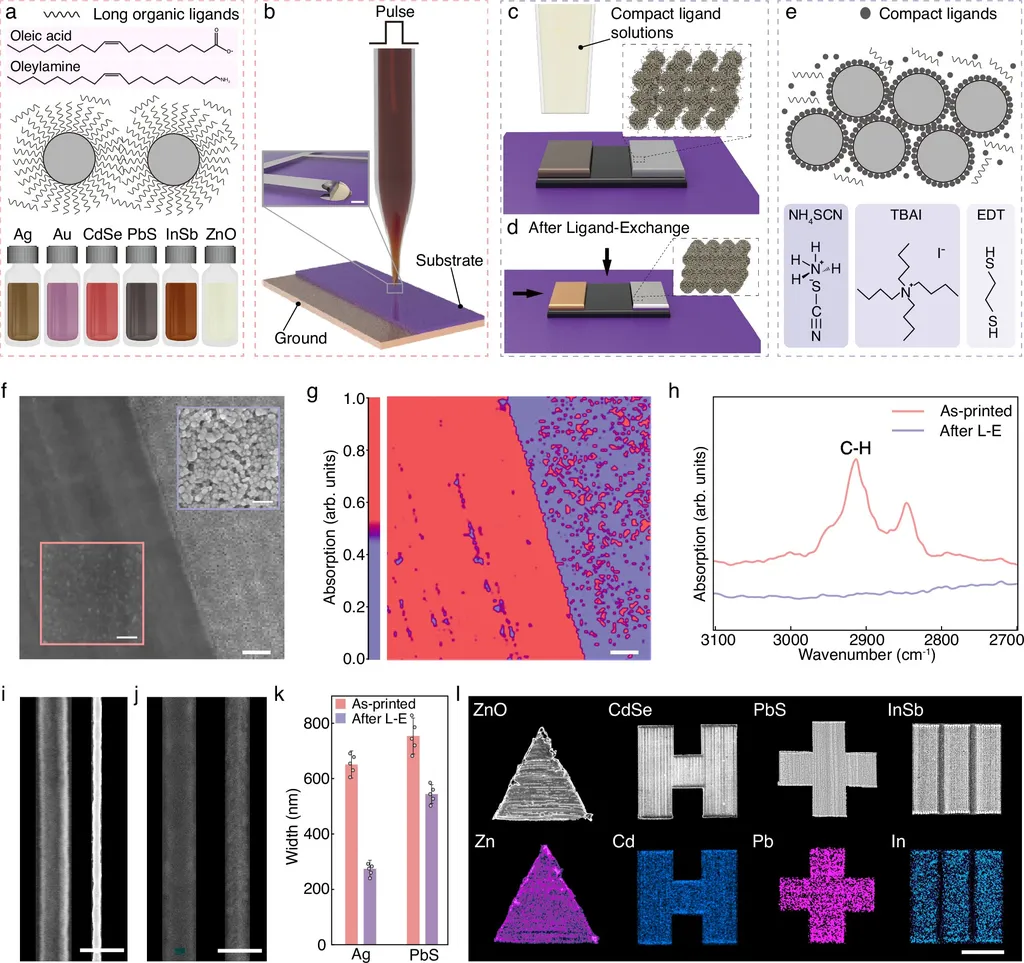In the heart of China’s Guangxi Zhuang Autonomous Region, researchers have made a significant stride in the development of infrared detectors, a breakthrough that could have profound implications for the energy sector. Lead by HUANG Wuhua of the Guangxi Zhuang Autonomous Region Institute of Metrology & Test, the team has optimized the performance of lead sulfide quantum dot (PbS QDs) infrared detectors through a process known as annealing.
The study, published in ‘Cailiao gongcheng’ (which translates to ‘Materials Engineering’), focuses on the preparation and optimization of PbS quantum junction infrared detectors. These detectors are crucial for various applications, including energy monitoring, night vision, and thermal imaging. The challenge, however, has been to improve their optoelectronic performance and reduce production complexities.
Huang and his team synthesized PbS QDs using the hot injection method and prepared the detectors using a layer-by-layer method combined with solid-state ligand exchange. The key innovation lies in the annealing process, which significantly enhances the detectors’ performance. “Annealing effectively reduces the dark current of the PbS quantum junction infrared detector while increasing the photocurrent,” Huang explains. This process not only stabilizes the photoresponse current output but also improves the detector’s sensitivity, responsivity, and detectivity.
The results are impressive. After annealing, the response time of the detectors shortened to 1.9 milliseconds, with a delay time of 3.2 milliseconds. The responsivity increased to 0.78 A·W-1, and the detectivity reached 7.8×1011 cm∙Hz1/2∙W-1. These improvements are attributed to enhanced crystallinity and carrier mobility of the PbS QDs thin films, along with reduced defect states at the film and interface.
The commercial impacts of this research are substantial. In the energy sector, high-performance infrared detectors are essential for monitoring and maintaining energy infrastructure, from power plants to renewable energy installations. Improved detectors can enhance safety, efficiency, and reliability, leading to cost savings and reduced downtime.
Moreover, the optimization of PbS QDs-based detectors opens new avenues for research and development. As Huang notes, “This study provides a solid foundation for further exploration of quantum dot-based optoelectronic devices.” The findings could inspire innovations in other areas, such as medical imaging, environmental monitoring, and advanced manufacturing.
The research by Huang and his team represents a significant step forward in the field of optoelectronics. By addressing key challenges in the preparation and performance of PbS quantum junction infrared detectors, they have paved the way for more efficient and reliable energy monitoring solutions. As the energy sector continues to evolve, such advancements will be crucial in meeting the demands of a rapidly changing world.

